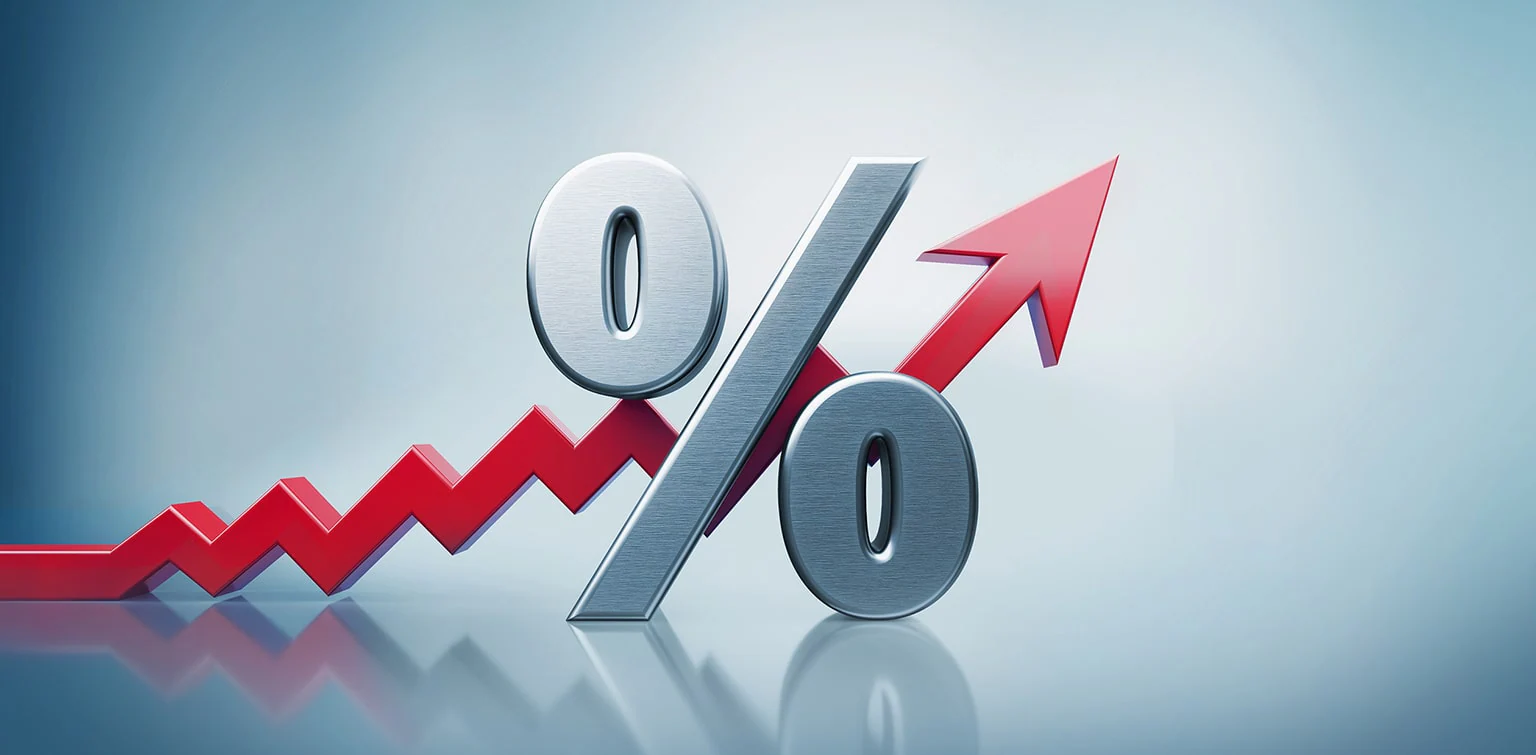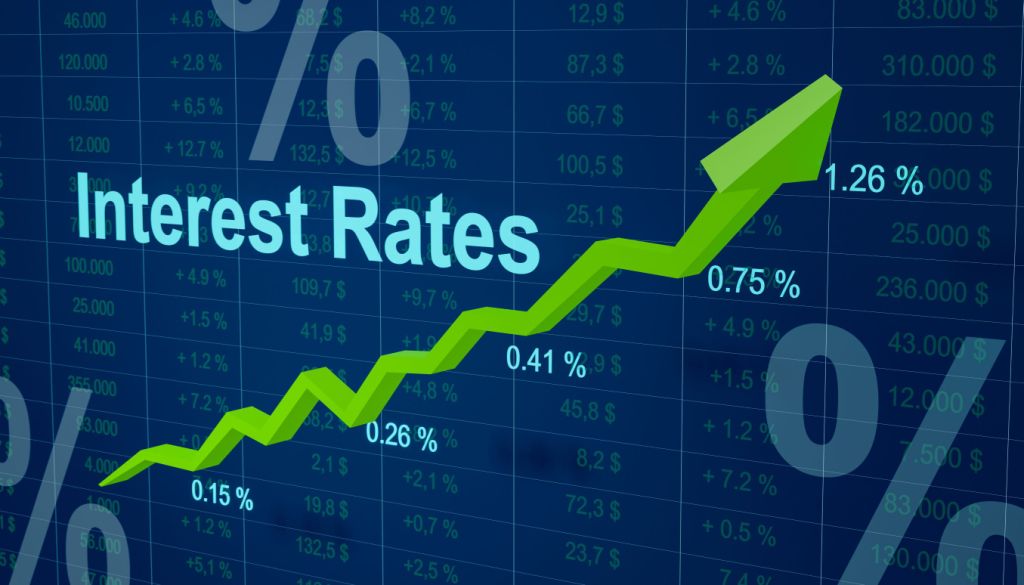Interest rates serve as one of the most powerful tools in modern economic policy, with the ability to reshape entire economies and influence global financial markets. When central banks like the Federal Reserve adjust their benchmark rates, the effects ripple across borders, affecting everything from currency values to international trade flows. The interconnected nature of today’s global economy means that a rate change in one major economy can trigger cascading effects worldwide, influencing borrowing costs, investment decisions, and economic growth patterns across continents.
The relationship between interest rates and global economic performance has become increasingly complex, particularly following the unprecedented monetary policies implemented during the COVID-19 pandemic and the subsequent inflationary pressures that emerged. Understanding these dynamics is crucial for investors, policymakers, and businesses operating in an interconnected world where financial decisions made in Washington or London can significantly impact markets in Asia, Africa, and beyond.
The Mechanics of Global Interest Rate Transmission

Interest rate changes in major economies, particularly the United States, create a domino effect that influences global financial conditions. When the Federal Reserve raises rates, it makes borrowing more expensive domestically, which reduces consumer spending and business investment. This contractionary effect helps combat inflation but simultaneously strengthens the US dollar as foreign investors seek higher returns on dollar-denominated assets.
The strengthening dollar creates challenges for emerging markets, where approximately 80% of external debt is denominated in US dollars. As the dollar appreciates, these countries face increased debt servicing costs, effectively making their existing obligations more expensive to repay. During periods of dollar strength, African currencies have historically lost significant value against the dollar, increasing their debt burden and pushing up import costs substantially.
Central banks worldwide often find themselves responding to US monetary policy changes to maintain competitive exchange rates and manage capital flows. This synchronized tightening can amplify the global economic impact, as multiple economies simultaneously implement restrictive policies.
Impact on Global Financial Markets
Stock markets worldwide react sensitively to interest rate changes, with rising rates typically creating downward pressure on equity valuations. Higher rates increase the discount rate used for future cash flow calculations, making stocks less attractive compared to fixed-income investments. The relationship between rates and markets became particularly evident during recent Federal Reserve tightening cycles, which pushed rates to multi-decade highs.
Bond markets experience immediate effects from rate changes, with existing bond values declining when rates rise and new issues offering higher yields. This creates volatility in fixed-income markets globally, as investors rebalance portfolios based on changing yield expectations.
Currency markets see significant movement following major rate decisions, with higher-yielding currencies typically appreciating as investors seek better returns. This currency volatility affects international trade competitiveness and can disrupt established trading relationships.
Economic Growth and Investment Patterns
Rising interest rates fundamentally alter the cost-benefit analysis for business investments and consumer purchases. Higher borrowing costs discourage capital expenditure, expansion plans, and major consumer purchases like homes and automobiles. This reduction in economic activity can slow GDP growth and increase unemployment rates, as businesses postpone hiring and expansion decisions.

The global economy has experienced this dynamic during recent tightening cycles, with international financial institutions projecting modest global GDP growth in the coming years. These projections reflect the ongoing impact of elevated interest rates on economic activity worldwide.
Conversely, when central banks cut rates, it typically stimulates economic activity by making borrowing cheaper and encouraging investment. Lower rates can boost sectors like automotive and real estate, where financing costs significantly influence consumer demand.
Long-Term Structural Changes
The current interest rate environment is driving structural changes in the global economy. Countries are increasingly seeking to reduce their dependence on the US dollar and Federal Reserve policies. China, for example, has developed alternative monetary frameworks centered around the yuan, though it still represents a small fraction of global payments compared to the dollar’s dominant share.
Higher interest rates over the long term can benefit financial markets and institutions by improving profit margins on lending activities. However, they also pose challenges for debt sustainability, particularly for heavily indebted nations and corporations that must refinance at higher rates.
The interconnected nature of global finance means that interest rate policies will continue to have far-reaching consequences, influencing everything from emerging market stability to international trade patterns and global economic growth trajectories. As economies become increasingly integrated, understanding these relationships becomes essential for the complex of international finance and economic policy.
